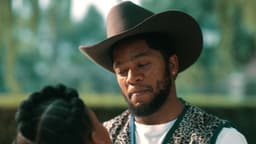
Dune: Prophecy's 10 000-year timeline meets its match
Earth has gone from the first real aeroplane flight in 1903, to fully-manned, orbiting space stations in 1971, to today, when many of us carry around a device that gives us instant access to every piece of knowledge humans have ever discovered or made up, while upsetting us by making telephone sounds. If just the past 120 years of change and transformation is overwhelming, imagine what 10 000 years would do! It’s a fun question to think about as we watch the Dune movies’ prequel series, Dune: Prophecy, along with 6 other series and movies that tell stories over a significant time gap.
1. Dune: Prophecy
When Paul Atreides sets foot on desert planet Arrakis in the Dune films, he steps into a destiny 10 000 years in the making. Along with expanding their influence to every ruling house in a vast, multiplanetary empire, the Bene Gesserit sect has spent generations infiltrating the local Fremen people to give them the prophecies and signs that will make them recognise Paul as their leader and follow him with a fanatical devotion. Millennia of scheming, training and pedigreed breeding has gone into ensuring that someone like Paul (because whoops, he’s a slight miscalculation) can seize control of the most violently contested planet in the Empire and with it, the Spice melange, a substance that allows all space navigation in the known universe.

Dune: Prophecy, Inspired by the 2012 novel Sisterhood of Dune (part of the Great Schools of Dune trilogy) follows two Harkonnen sisters, Valya (Emily Watson, Chernobyl) and Tula (Olivia Williams, Funny Woman), as they secretly found the Bene Gesserit within their order of visionary women, the Sisterhood, to push back against forces that threaten the future of humankind.
Ten-thousand years ago, Earth’s humans had just started dabbling in agriculture, while the earliest writing we’ve ever found dates to 5 200 years after that. But in Dune: Prophecy, despite a staggering time gap, so much will be recognisable to Dune fans.

1. The Sisterhood’s uniform of black, full-body covering garments and veils is instantly recognisable in what the Bene Gesserit wear in Dune.
2. The Sisterhood’s breeding programme to create the Kwisatz Haderach has already been underway for more than 400 years.
3. The Fremen are already the dominant culture of Arrakis.
4. The Harkonen and Atreides are already established ruling families.
5. The Empire is already established and the same royal house, Corrino, rules the Empire all the way through to Dune.
6. The Sisterhood already use Bene Gesserit powers like The Voice, which compels people to obey them.
7. The monumental architecture and, honestly, the fashion, wouldn’t seem out of place in Dune, either.

What is fascinatingly different, though, especially for anyone into Dune lore, is that Prophecy is set just 116 years after the war against computers known as the Butlerian Jihad, which resulted in a complete overturning of society. The Corrino Empire has only been ruling for 84 years or so.
In episode 1, Valya becomes the third-ever Reverend Mother of the Sisterhood, which happens just four years before the foundation of the Spacing Guild. The founding of the Guild is such a groundbreaking development that by Dune, the Empire still divides time into BG (before the Guild) and AG (after the Guild). So whatever happens in this brief window we get in Dune: Prophecy will create a society so stable and resistant to change that it’ll look roughly the same 10 000 years later.
New episodes of Dune: Prophecy air on Showmax on Mondays at 21:30, within 24 hours of the US broadcast. And get into all this backstory now, because Dune: Parts 1 and 2 are set to land on Showmax on Wednesday, 1 January 2025.
2. House of the Dragon Seasons 1-2 and Game of Thrones Seasons 1-8
House of the Dragon (HOTD) is set a mere 172 years before the events of Game of Thrones (GOT), so it’s crammed with details and all sorts of historical tidbits that get referenced in Game of Thrones, making both series fun to watch back-to-back.
The Targaryen Civil War called the Dance of the Dragons is relatively recent in history in GOT – the Earth equivalent would be from now back until 1852 in the Victorian Era, the year the British recognised the independence of Transvaal in South Africa. But the aftereffects of the events of HOTD are so catastrophic that dragons already seem to be passing from memory to myth, judging by newcomers’ reactions to seeing the skull of Balerion the Black Dread, the dragon last ridden by King Viserys I.
Aside from having no dragons, Westeros seems to be out of Targaryens. At the start of GOT, they’re down to just four important survivors from the royal line: Daenerys and her brother Viserys, Maester Aemon (the ancient man who serves the Night's Watch) and Jon Snow (secretly Aegon VI Targaryen). How they get to Daenerys’ brother Viserys III getting nicknamed The Beggar King is amply answered as House of the Dragon kicks off the Dance of the Dragons. And the Targaryens’ historical castle, Dragonstone, seen in its full glory in HOTD, is home to Stannis Baratheon in GOT Season 1 until Daenerys makes her way home in Season 8.
One object central to both stories is still around. The Dance of the Dragons hinges on the differing interpretations of the Song of Ice and Fire prophecy engraved on the blade of the Targareyns’ dagger – the same dagger used in the attempt to assassinate Bran Stark in GOT, which sets off a new civil war, the War of the Five Kings. And the same dagger that Arya Stark uses in the final season of GOT to kill the Night King, ending the threat of the White Walkers that Aegon the Conqueror saw in his vision.
3. Star Trek
Adventures see Starfleet’s space ship crews travel everywhere from the time before the Big Bang in Voyager, to the year 4200 in the Short Treks series. But the main timeline runs from 2151-2155 in Star Trek: Enterprise, to 3188 in Star Trek: Discovery, which takes a 900-year jump into the future in Seasons 3 and 4. That’s around 1 000 years.
We get to see technology grow from the first Earth starship (Enterprise NX-01) to reach Warp Five, along with the shifts in attitudes to space travel and politics that dramatically affect different crews’ missions. During the Star Trek: The Original Series (2265-2269), missions prioritise scientific exploration and ethical first contact with new civilisations, while 100 years later, crews like The Next Generation (2364-2370) must battle meddling super-beings and make (unfortunate) contact with machine hive minds, at roughly the same time that the Deep Space Nine (2369-2375) crew plays diplomatic alien babysitter in the only piece of neutral ground between warring civilisations.
But the ones who get the short end of the stick might be the Discovery crew, who have to battle the chaos resulting from the Federation of Planets falling apart. There’s one dogleg in the timeline, though, as both Star Trek: Into Darkness and its sequel Star Trek: Beyond are set in the Kelvin Timeline, following an incident in 2233.
PS: The animated kids’ series Star Trek: Prodigy series kicks off from 2383, at roughly the same time as the animated comedy series Star Trek: Lower Decks.
4. Yellowstone and 1923

The Dutton family in Taylor Sheridan’s Yellowstone series straddles around 200 years, from the Old West in the series 1883, to the Great Depression in the series 1923, to the modern day in the main series, Yellowstone.
Each series highlights how the conflicts the Duttons face, the beliefs they hold about their rightful place in the world, and the goals they chase, drive the story through to the modern generation. And it takes us on a fascinating journey from the old Wild West, to a modern West that is, if anything, even wilder and more cutthroat.
After seeing the Duttons fighting, sweating and bleeding over their land, we can easily understand why they are determined to cling to Yellowstone land in the face of demands from both greedy developers, and the Native Americans like Thomas Rainwater and the Broken Rock tribe. But the final episode of 1883 also underlines the fact that the Duttons are, at best, on borrowed land, as the Native American chief who guided their ancestors to the Paradise Valley in Montana warned them that his people would reclaim it in seven generations. And isn’t that a doubly fascinating central conflict for audiences in formerly colonised countries?
5. Watchmen (the series) vs Watchmen (the movie)
As both a sci-fi series and movie, Watchmen gets tricky with time, even pulling the chronological carpet out from under us at points. The earliest event in the series is the birth of legendary Old West lawman Bass Reeves in 1883. And the final event is the death of Tulsa Chief of Police Judd Crawford in 2019, giving us 136 years to cover in total.
Along with moving through time, Watchmen also gives us some major shifts in perspective as we see the global and personal impact of masked superhero Adrian Veidt/Ozymandias’s decision to drop a giant genetically engineered squid on New York City on 2 November 1985, in an effort to prevent World War III.
A brief introduction in the film shows the masked superheroes’ roots in World War II propaganda and the rise of the post-war atomic age. And the film’s main story is driven by a group of retired, middle-aged masked heroes’ efforts to find out who killed one of their own, The Comedian. In doing so, they uncover Adrian Veidt’s master plan – which includes framing one masked hero, Rorschach, for murder and scapegoating the all-powerful Dr Manhattan. Some of them become complicit in covering up Veidt’s action because they believe that he really will end the Cold War and bring about world peace. Those who resist are eliminated, but before his death, Rorschach mails his journal to the office of The New Frontiersman newspaper, where it creates drama in the series’ timeline.
Watchmen the series starts us off in a completely different battlefield – the Tulsa Massacre of 1921, a terrorist attack during which a white mob, driven by racist hatred, attacked and destroyed the Black Owned homes and businesses in Greenville, Oklahoma. One of the survivors, Will Reeves grows up to be a cop, the vigilante known as Hooded Justice, and grandfather of one of the Watchmen series’ central characters, Angela Abar/Sister Night, who gets to experience his whole life through her eyes after taking a bottle of magical memory pills.
In a sci-fi coup, the Watchmen film and series give us two drastically different and equally valid realities inhabiting the same timeline without having to pull a lever or drop a squid. Will and Angela experience America as a very different place to the Watchmen movie’s superheroes starting with the fact that Will, the inspiration for the entire masked hero movement, had to pretend to be white to be recognised as a superhero at all.
6. Bumblebee to Transformers: The Last Knight
There’s one series that beats Dune’s timeline. Transformers’ story begins before the creation of organic life, when the Allspark created the Autobots and Decepticons and their homeworld of Cybertron, and the Seven Primes reached out to harvest the energy of the stars.
According to the timeline of Michael Bay’s films, the Transformers first arrived on Earth around 17 000 BCE, as seen in a flashback in Transformers: Revenge of the Fallen.
But while there’s 19 000 years of Transformers backstory on Earth and arand mythology gets explored, the modern storyline kicks off in Bumblebee, which takes place in 1987, 20 years before the events of Michael Bay’s first Transformers movie (2007), and 30 years before the events of Transformers: The Last Knight (2017).
In Bumblebee, with the Optimus Prime’s Autobots of the verge of defeat by the Decepticons and preparing to flee their planet, Cybertron, Optimus sends Autobot scout B-127, aka Bumblebee, to set up an Autobot base on Earth and act as the planet’s defender. The film takes Transformers back to its roots as an 80s TV show, and revels in 80s pop culture references and music along with referencing the original Transformers’ designs white acting as a franchise origin story. And the Transformers film that came out most recently, Transformers: Rise of the Beasts (2023) takes another nostalgia jump back in time to the 1990s, to match the time when the kids’ TV spinoff series Beast Wars debuted. This film, set in 1990s hip hop culture in Brooklyn, centres on the animal-formed Transformers like the Maximals, Predacons, and Terrorcons.
Most recently in the Earth timeline, Transformers: The Last Knight sets the now-outlawed Autobots and Decepticons up for a new set of conflicts as they hunt for a lost artefact on Earth while themselves being hunted down by the humans’ multinational Transformer Reaction Force (TRF). The film starts with a time jump back to 484 AD on Earth to reveal a group of Transformers meeting Merlin the magician and the Knights of the Round Table. And it introduces the gods of Cybertron and a brainwashed, evil Optimus Prime, referred to as Nemesis Prime, weaving together the Transformers’ and Earth’s mythologies.
PS: Given the ability to masquerade as machines, Transformers takes us through Earth’s technological history, too, as we see them take the shape of everything with mechanical parts, from a 2017 Chevrolet Camaro Custom (Bumblebee) to a Sikorsky S-97 Raider Helicopter (Drift), down to a laptop (Brains).
7. Wicked and The Wizard of Oz

The documentary Defying Gravity: The Curtain Rises on Wicked takes us inside the making of the new musical movie Wicked, a prequel to the 1939 film, The Wizard of Oz, which has one of the shortest prequel-to-sequel time jumps.
Wicked gives us the backstory for the so-called Wicked Witch of the West, Elphaba (Cynthia Erivo) and her “sister”, Galinda/Glinda (Ariana Grande) the “Good” witch, as we see them become best friends while studying magic together at Shiz University. It’s only after she’s introduced to The Wizard (Jeff Goldblum) that Elphaba becomes seen as a wicked witch.
Wicked is based on Gregory Maguire's 1995 novel of the same name, which took Frank M Baum’s Oz novels (first released in 1900) and played around by asking what would have created the kind of society that Dorothy Gale steps into when she lands in Oz around 10 years later.
While linear time doesn’t really exist in Oz, some major political and social shifts happen during Wicked including the rise of hysterical patriotism in Munchkinland and its bid for independence, the attack on animals’ rights during the Wizard’s campaign to take over Oz, the Tin Man’s origin story, the birth of flying monkeys, the building of the Yellow Brick Road and the transformation of Oz into a green city. Along the way we find out who was really responsible for the hurricane that dropped Dorothy’s house on Elphaba’s sister.

Wicked does what a great prequel should, which is to take the time to make us completely reconsider our experience of the original story. Thanks to the enormous shifts in social perspectives between the real-life timeline outside the story, which takes us from 1900 to 2024, there’s plenty to explore in the 10 short story-time years.
Now, what do you want to make the time to re-watch?
More like this
Volspoed S1
Volspoed follows Antonie and Ronette Marx, a husband and wife chasing different versions of success in the fast-paced world of endurance racing.

Star Trek: Strange New Worlds S3
Venture into the unknown with Captain Pike, Spock, Number One and the USS Enterprise crew a decade before Captain Kirk's legendary five-year mission.

Destination X S1
Ten contestants embark on a mysterious road trip, aboard a blacked-out bus, and must complete challenges, earn clues and try to locate Destination X.

Law & Order Toronto: Criminal Intent S1-2
This spin-off of the hit crime drama franchise follows an elite squad investigating corruption and high-level white-collar crime in Greater Toronto.

Happy’s Place S1
Bobbie inherits her father's restaurant and is shocked to discover that she has a new business partner in the half-sister she never knew she had.

Married to Medicine: Atlanta S12
The women of Married to Medicine face unprecedented times as their lives are turned upside down when the pandemic hits.
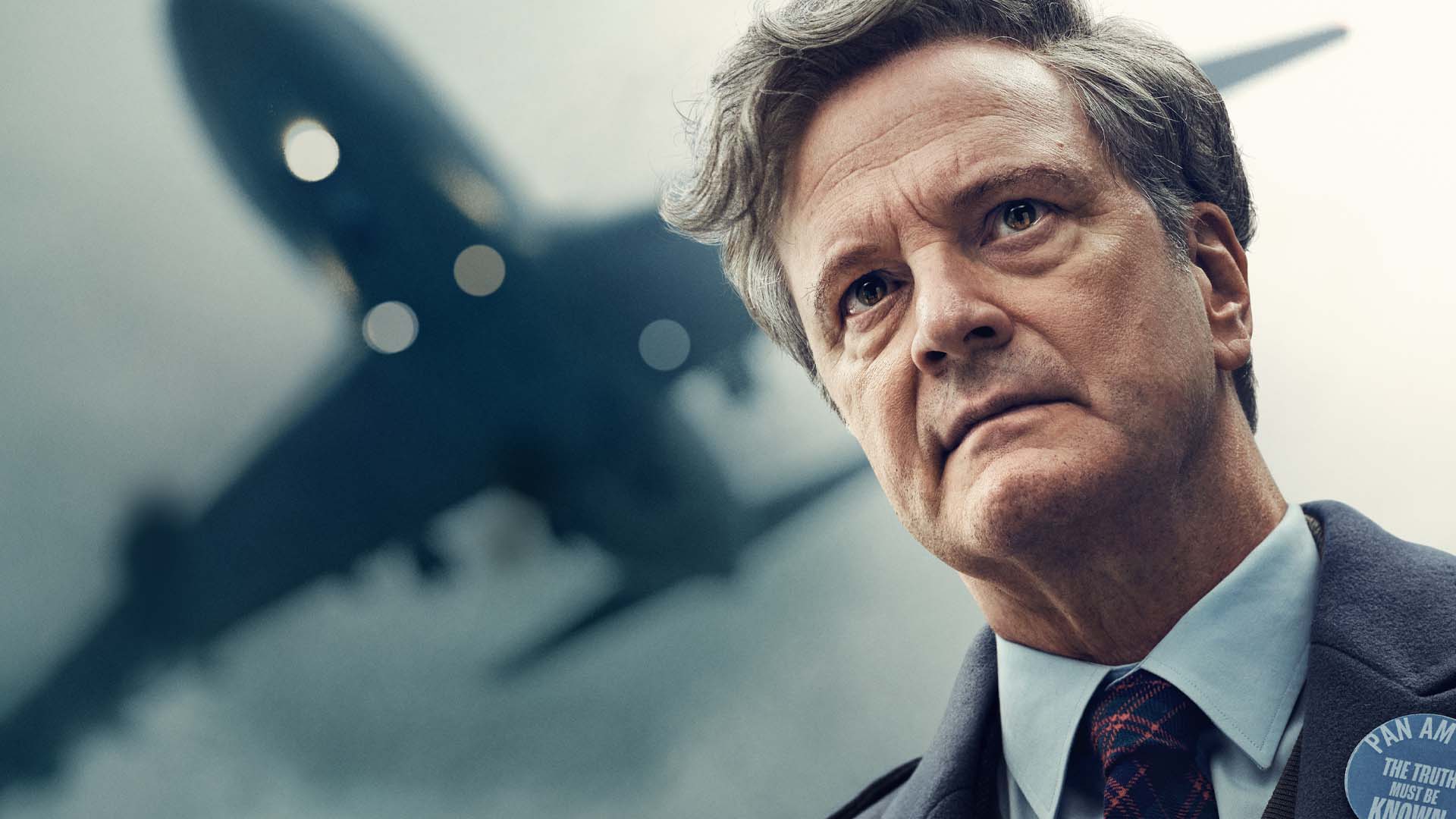
Lockerbie: A Search For Truth S1
After losing his daughter in the bombing of Pan Am Flight 103, Dr Jim Swire begins a quest for truth.

Watson S1
A year after the death of Sherlock Holmes, Dr John Watson resumes his medical career - until his old life starts pulling him back.
Outlaws, now streaming on Showmax
Go on holiday with RHUGT - Africa
More HBO and HBO Max hits to stream
Volspoed S1
Volspoed follows Antonie and Ronette Marx, a husband and wife chasing different versions of success in the fast-paced world of endurance racing.

How to Train Your Dragon: Bringing Hiccup and Astrid to life
Mason Thames and Nico Parker talk about playing the leads in the 2025 live-action adaptation of the fantasy classic How To Train Your Dragon.

The Life of Chuck (2024)
In this Stephen King adaptation, the life of Charles Krantz unfolds across three stunning chapters, filled with mystery, celebration, and fantasy.
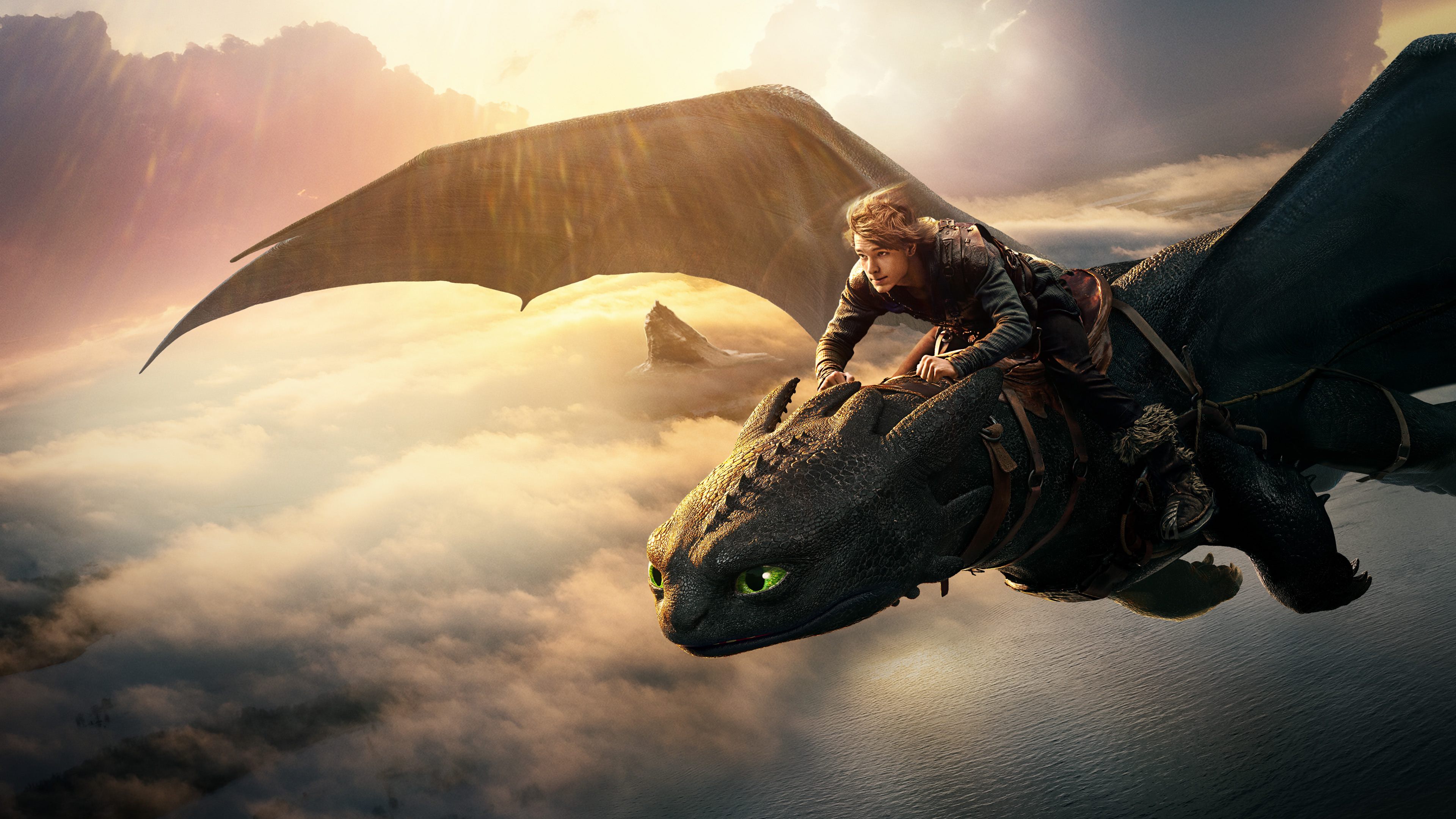
How To Train Your Dragon (2025)
In this live-action adaptation, Hiccup's friendship with Toothless becomes the key to forging a new future for dragons and Vikings.
Latest Stories

What to watch on Showmax in January 2026

Die Kwiksilwers (2024)

Fana Mokoena on playing a sangoma in Masinga
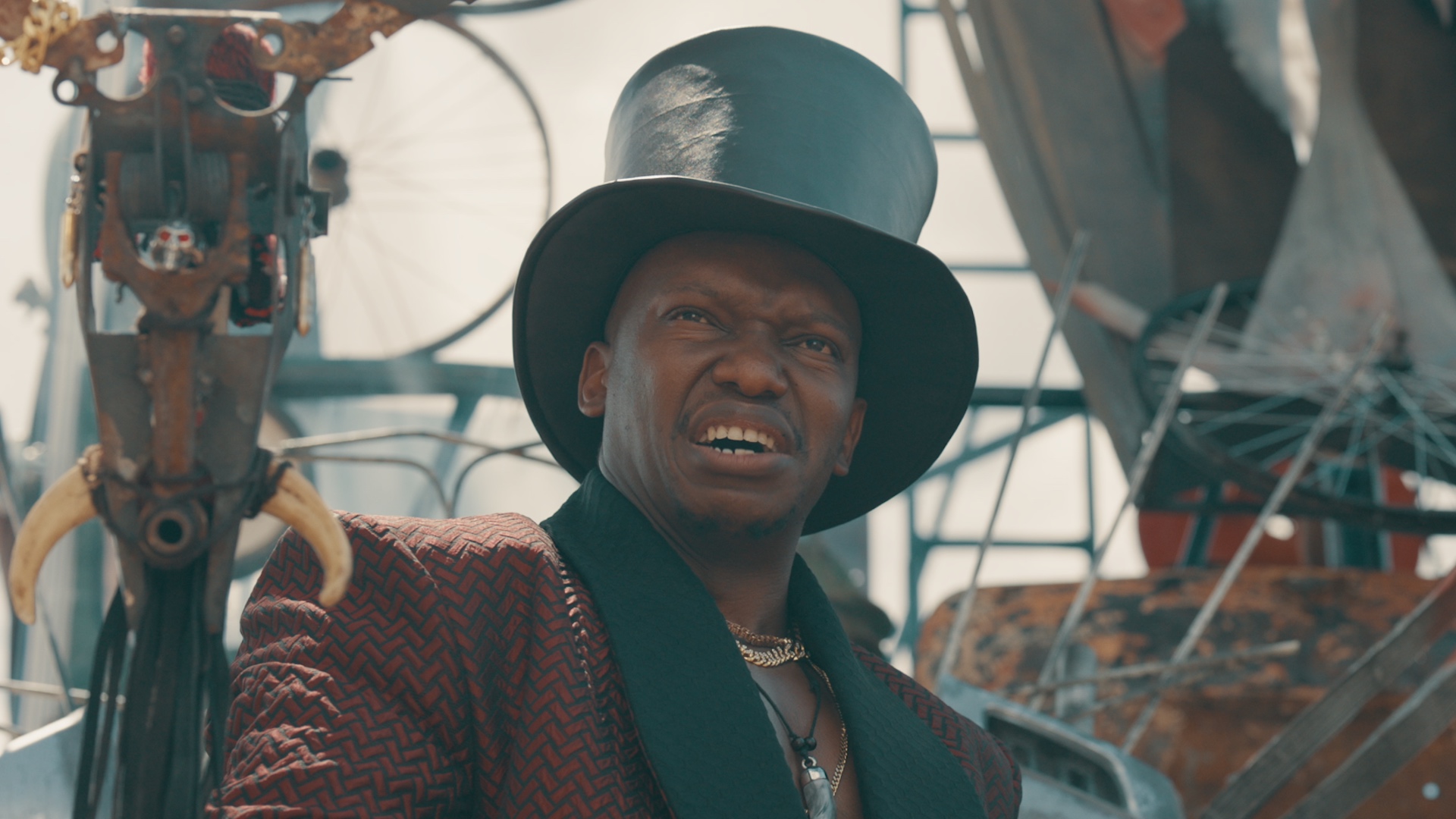
Tlali returns: Outlaws’ most loved and hated villain is back
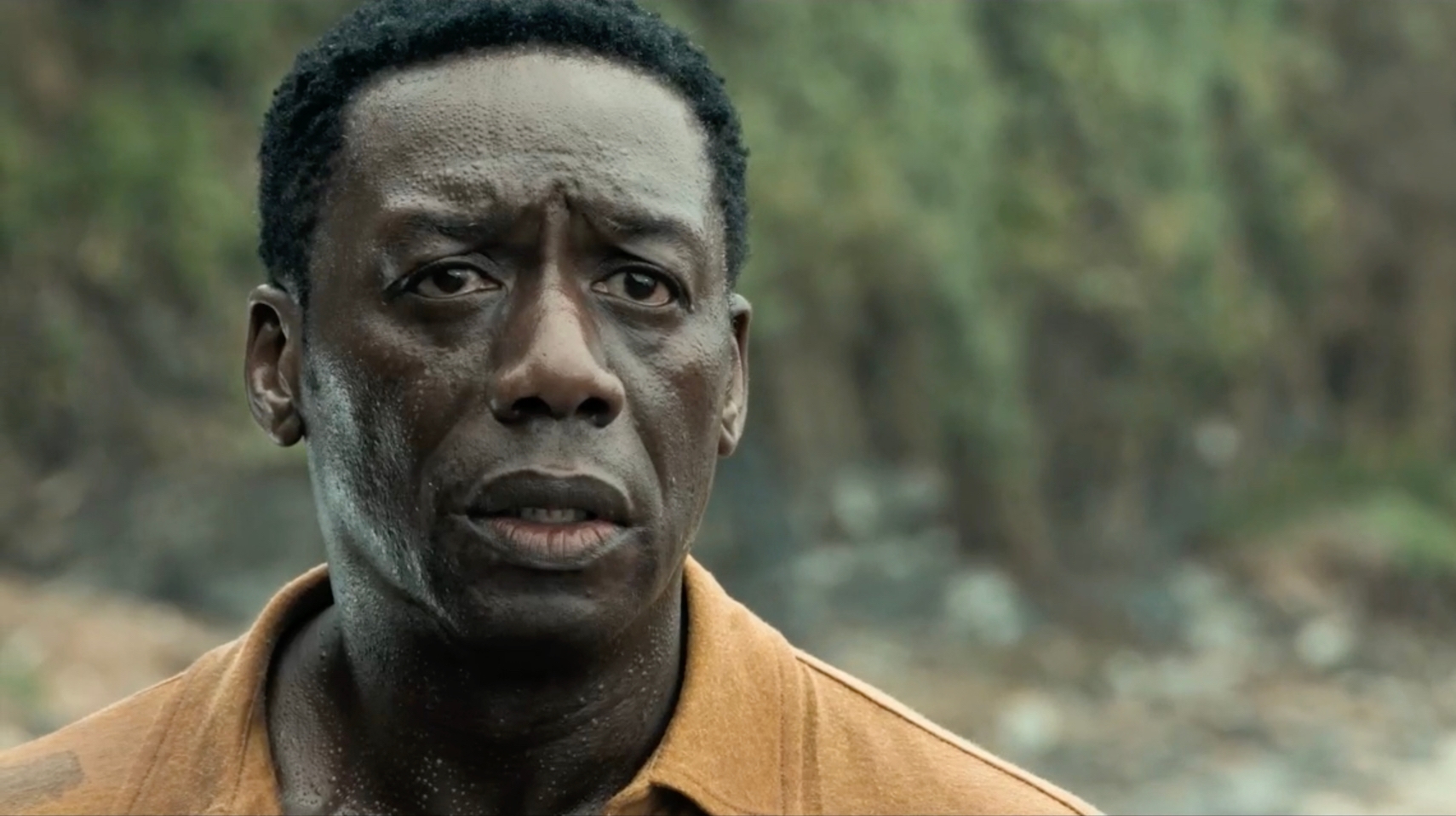
What to watch on Showmax in December 2025

Afrikaans adaptation of The Office to premiere in January
.png&w=3840&q=100)
Youngins' Kealeboga Masango on Buhle's pregnancy shock
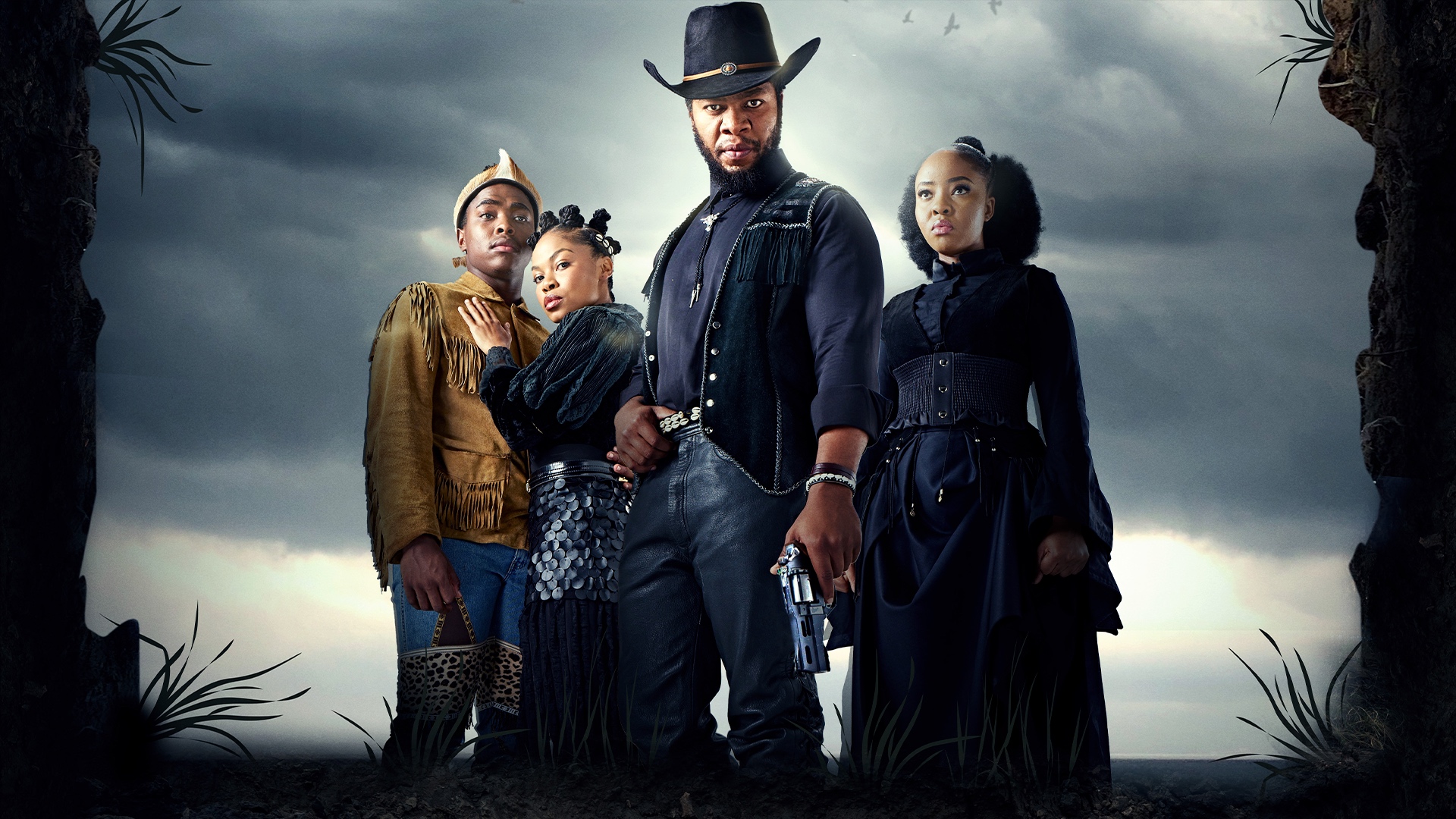
Where to see the cast of Outlaws S2 on Showmax
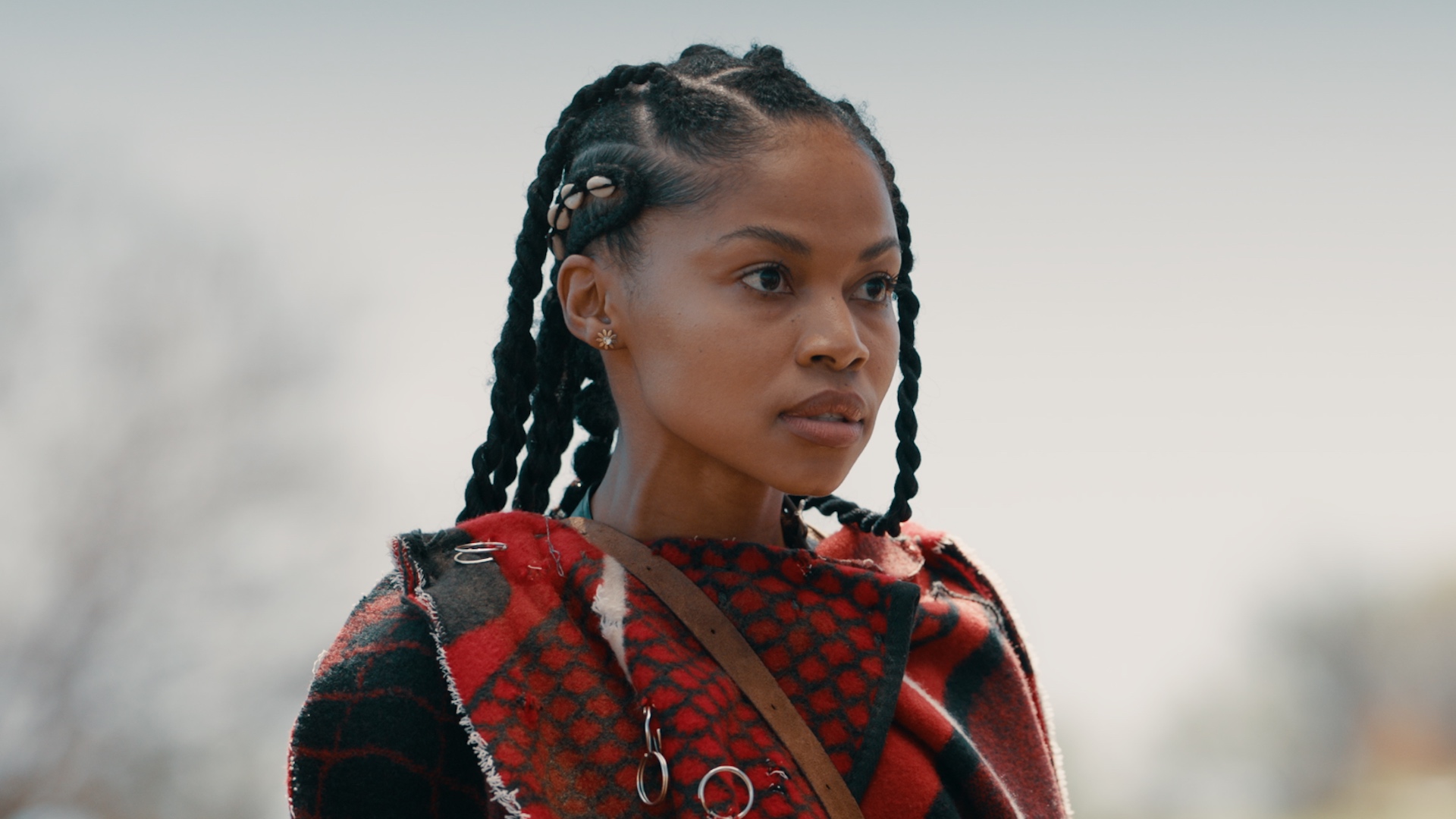
Mamodibe as Buang: The woman behind the warrior in Outlaws

From Poverty to Purpose: The Redemption of Emmanuel Adebayor: Why Saving Lives Trumps Scoring Goals

Christall on The Ultimate Girls Trip, Evodia and more

“No one wins in war” - Nikki Comninos on Unspoken War
Reney Bouwer gets candid in Showmax documentary Slay Queens

Manchester City vs Liverpool: The Rivalry Reignites
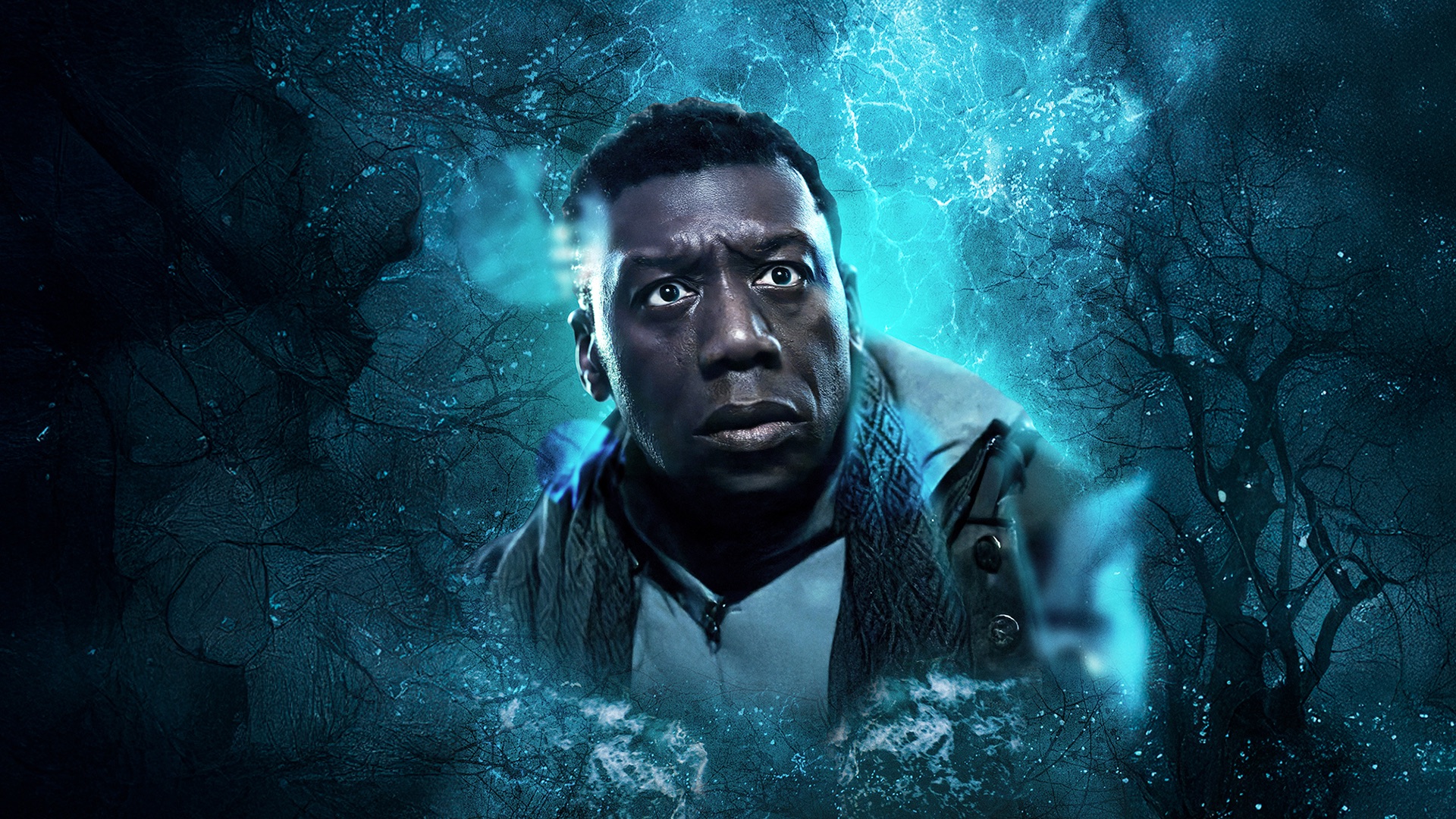
Hakeem Kae-Kazim on Showmax crime thriller Masinga - The Calling

Lehlohonolo Mayeza on Leruo’s battles in Outlaws Season 2
Slay Queens: Inno Morolong on the dark side of the lifestyle

10 fun things to watch on World Animation Day

Annie Mthembu opens up about The Real Housewives Ultimate Girls Trip Africa
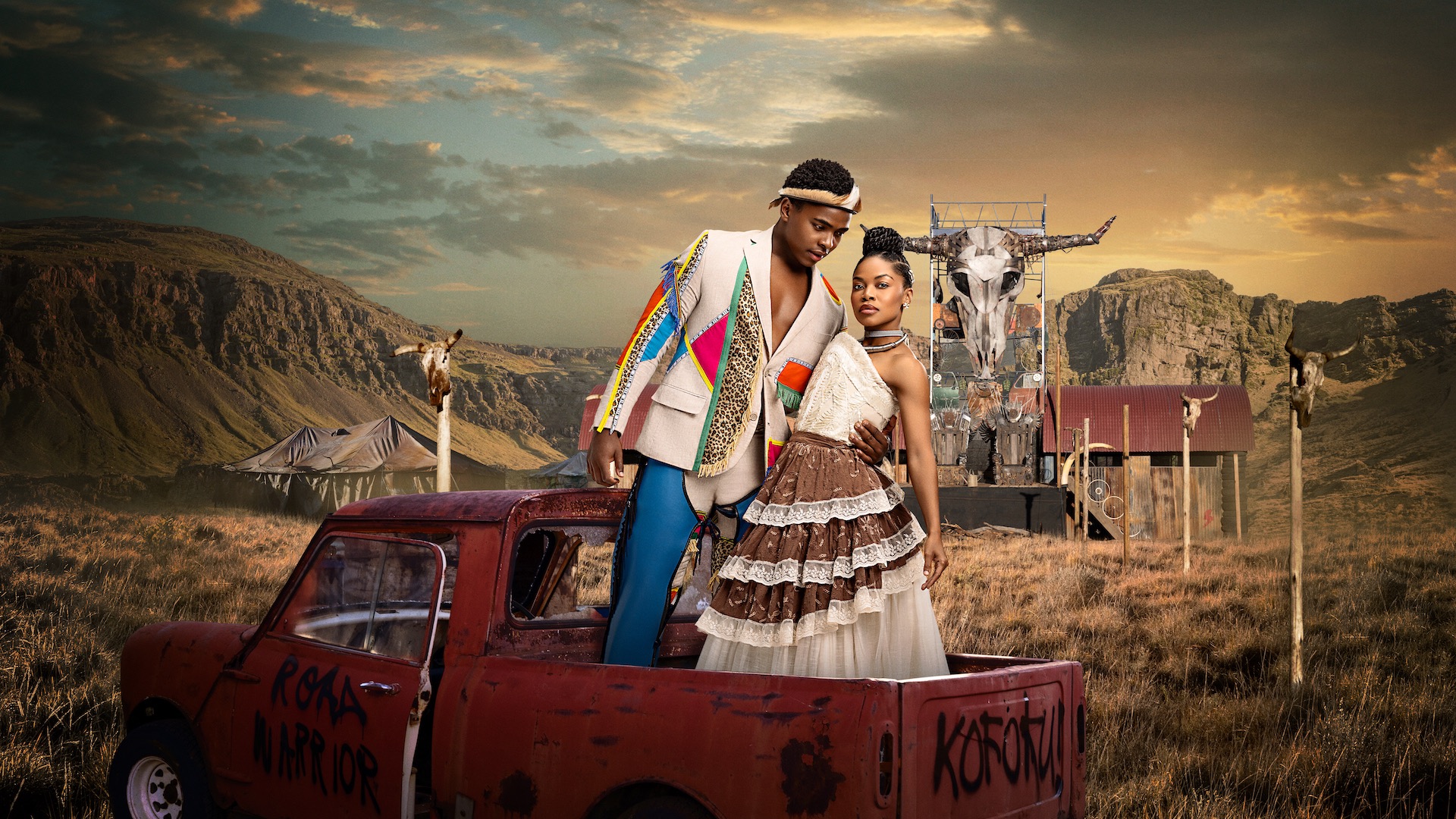
What to watch on Showmax in November 2025

Can LFC rediscover the form that saw them crowned champions?

Conor Bradley on Liverpool's difficult run and the path back

Youngins S3: Toka Mtabane on Khaya and Amo's relationship

Finding Optel to hit Showmax after BFI London Film Festival




